News & Community
Easton’s Hill Community is One of the Oldest Free Black Neighborhoods in the U.S.
Today, Yvonne Freeman leads tours of the neighborhood where she grew up.
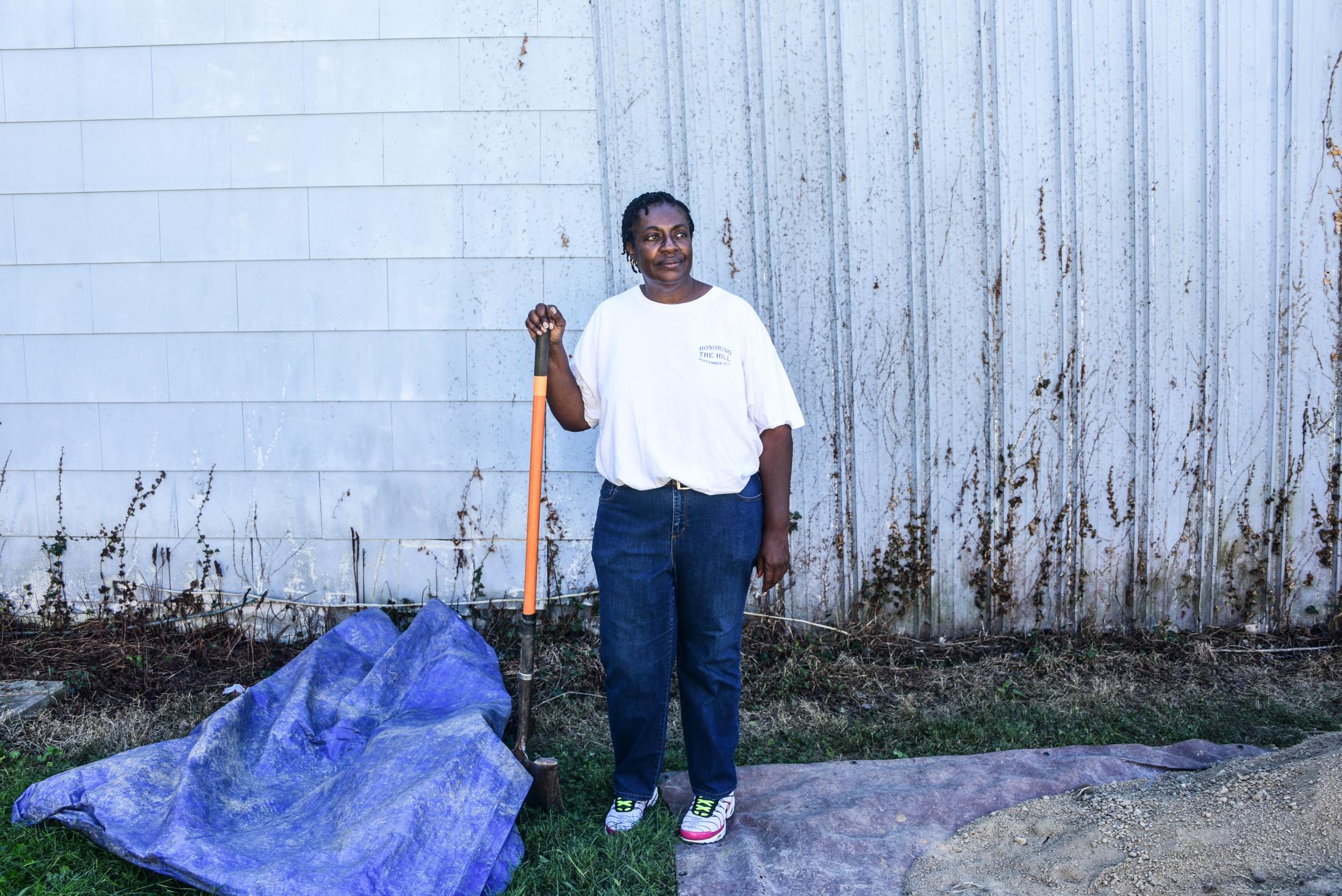

A retired Easton police officer, Yvonne Freeman so loved growing up on the close-knit “Hill”—apparently named for its ever-so-slight incline up from the Tred Avon River—she began leading walking tours after The Hill historical project launched, which was roughly a decade ago.
Spurred by condemnation and demolition, residents and members of the nonprofit Historic Easton began researching the community’s history. Archaeologists, first from the University of Maryland, and now also privately contracted by the Academy Art Museum, soon began uncovering a rich and unexpected story, dating back to the late 18th century.
In 2012, archaeologists broke ground around a house occupied in 1879 by John Green, a Black Civil War veteran, and his wife, Eliza. That brief excavation recovered two military uniform buttons dating to Green’s service in the U.S. Colored Troops, boosting efforts to save the home. Subsequent residents included relatives of sergeant and buffalo soldier William Gardner, whose discharge papers had previously been discovered in the home.
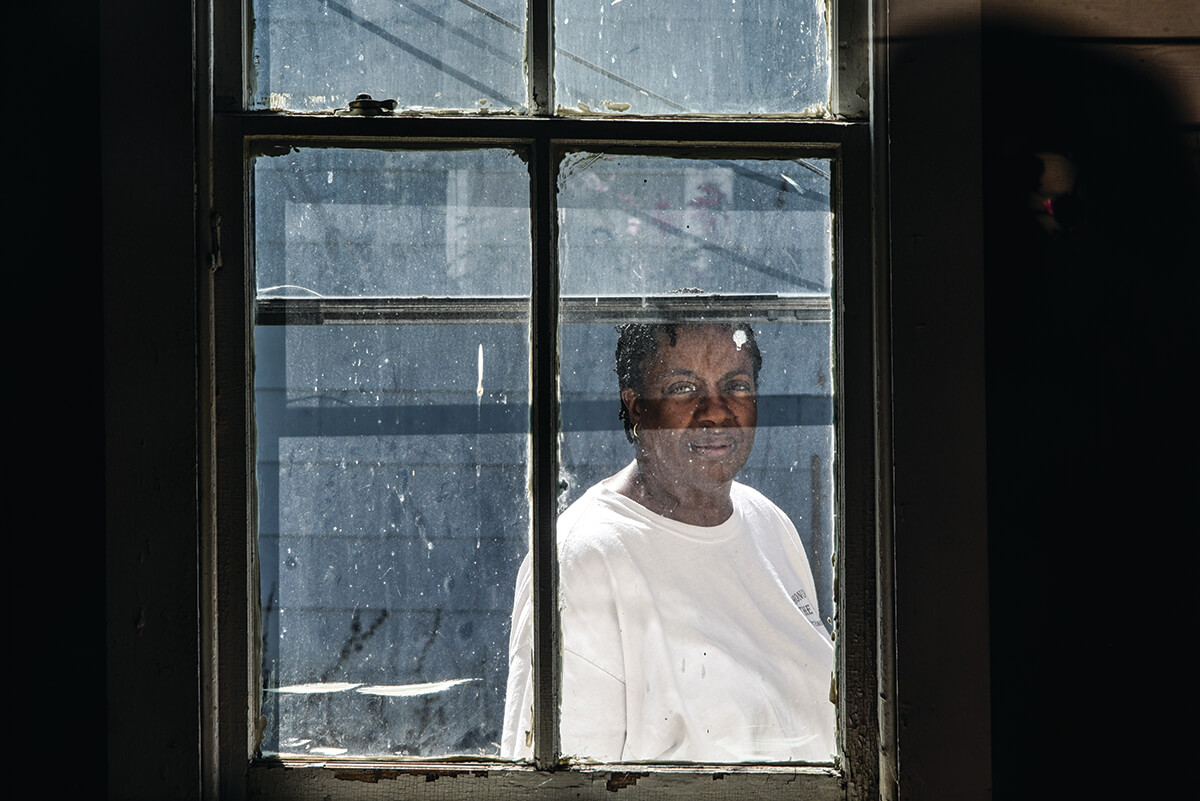
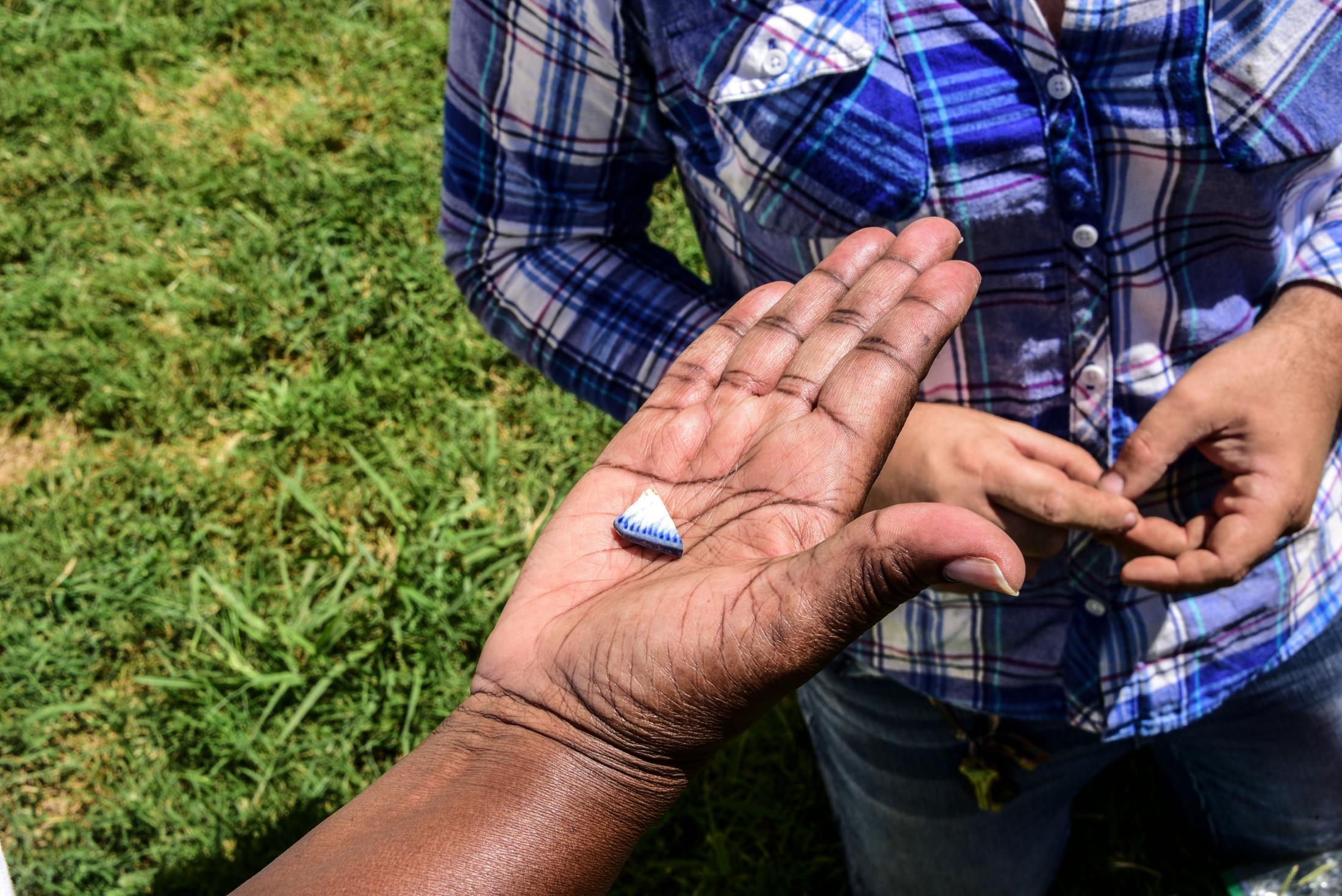
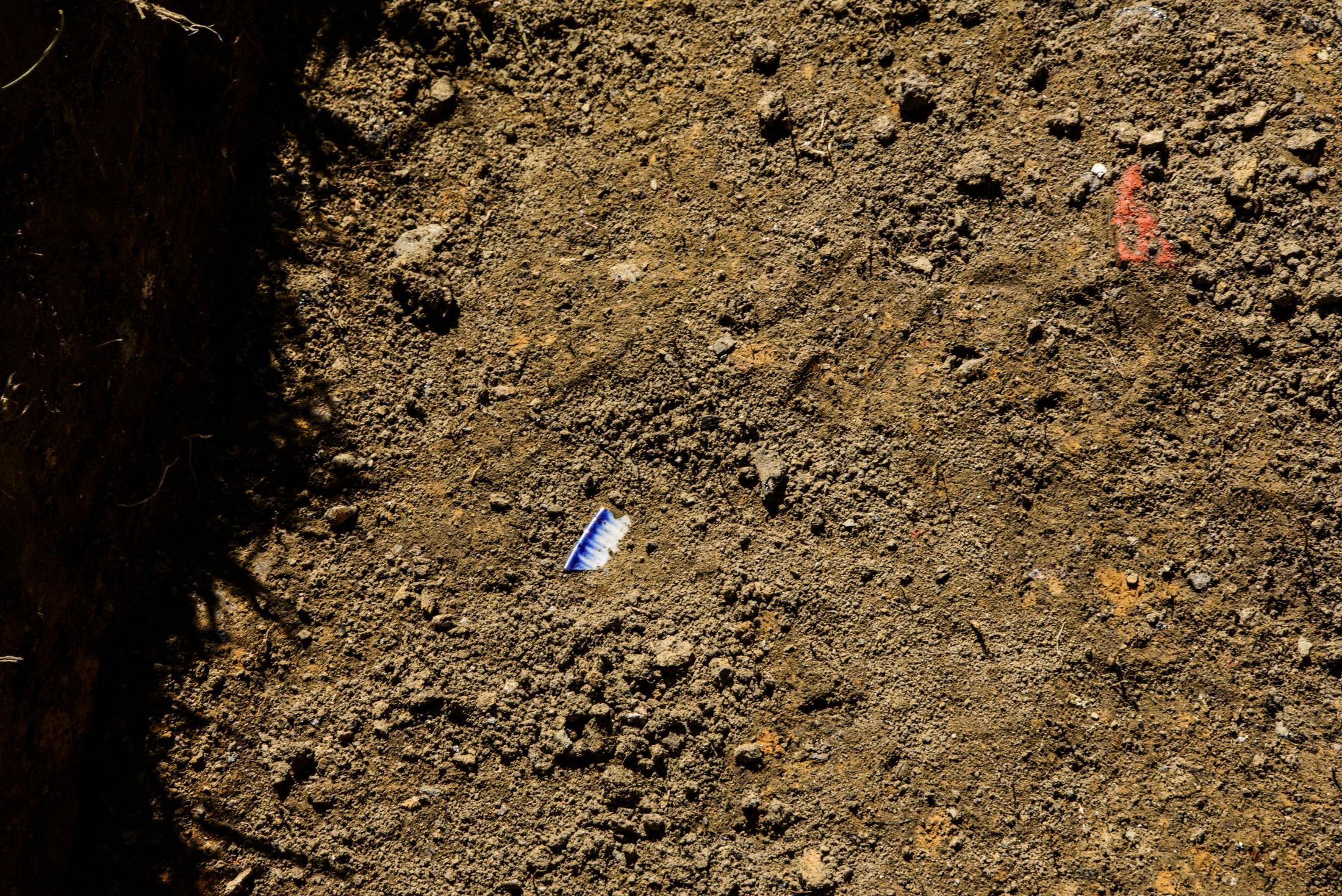
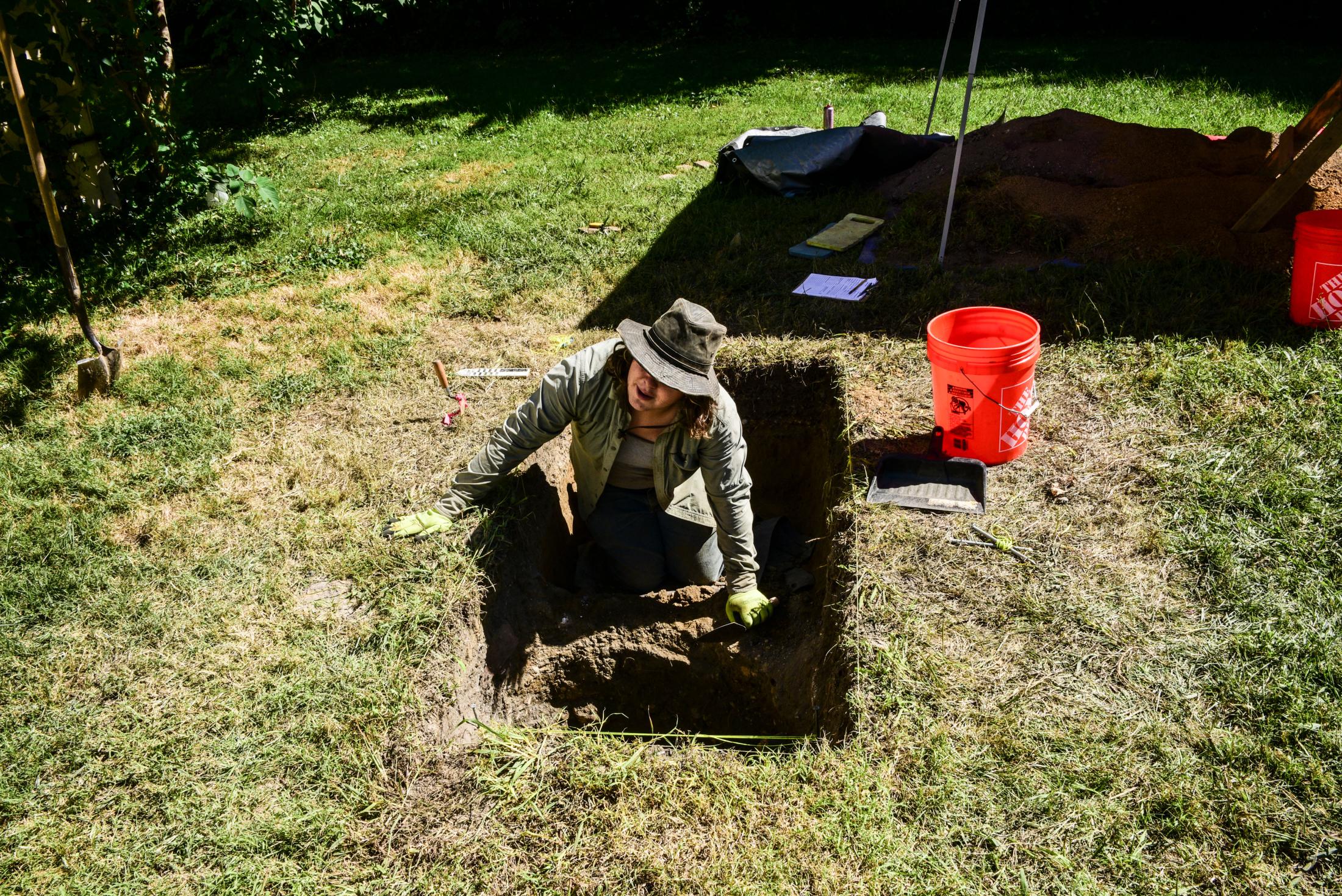
To date, archaeologists have explored five sites, including the neighborhood’s historic Bethel African Methodist Episcopal Church and former Asbury Methodist Episcopal Church, where Frederick Douglass spoke at the 1878 dedication. On the site of what is now the Talbot County Women’s Club, the lives and roles of enslaved and free Black domestic servants and cooks have been examined. Morgan State professor of architecture and historic preservation Dale Green, whose own family roots extend to the community, estimates more than 400 free Black individuals lived in the neighborhood by 1790.
Meanwhile, on two grassy lots that continue to be explored, archaeologists have uncovered foundational walls and artifacts from the home of James Freeman, Easton’s first recorded Black landowner, and his wife, Henny. The couple built a house and barn for livestock, as well as a large kitchen vegetable garden. They added a second house on their land—property now under the auspices of the Academy Art Museum of Easton—which they rented to a tenant named Hercules.
On a recent morning dig, archaeologist Jay Lunze displays an unearthed, hand-painted creamware fragment and cast-iron button, both circa 1790.
“This was a middle-class family,” Lunze says. “There are things here that would’ve come from Europe, plates used for entertaining, that you had to order, or at least pick up at a local store. It shows us the history of Black families on the Eastern Shore, at least some, is more complex than the common stereotype.”
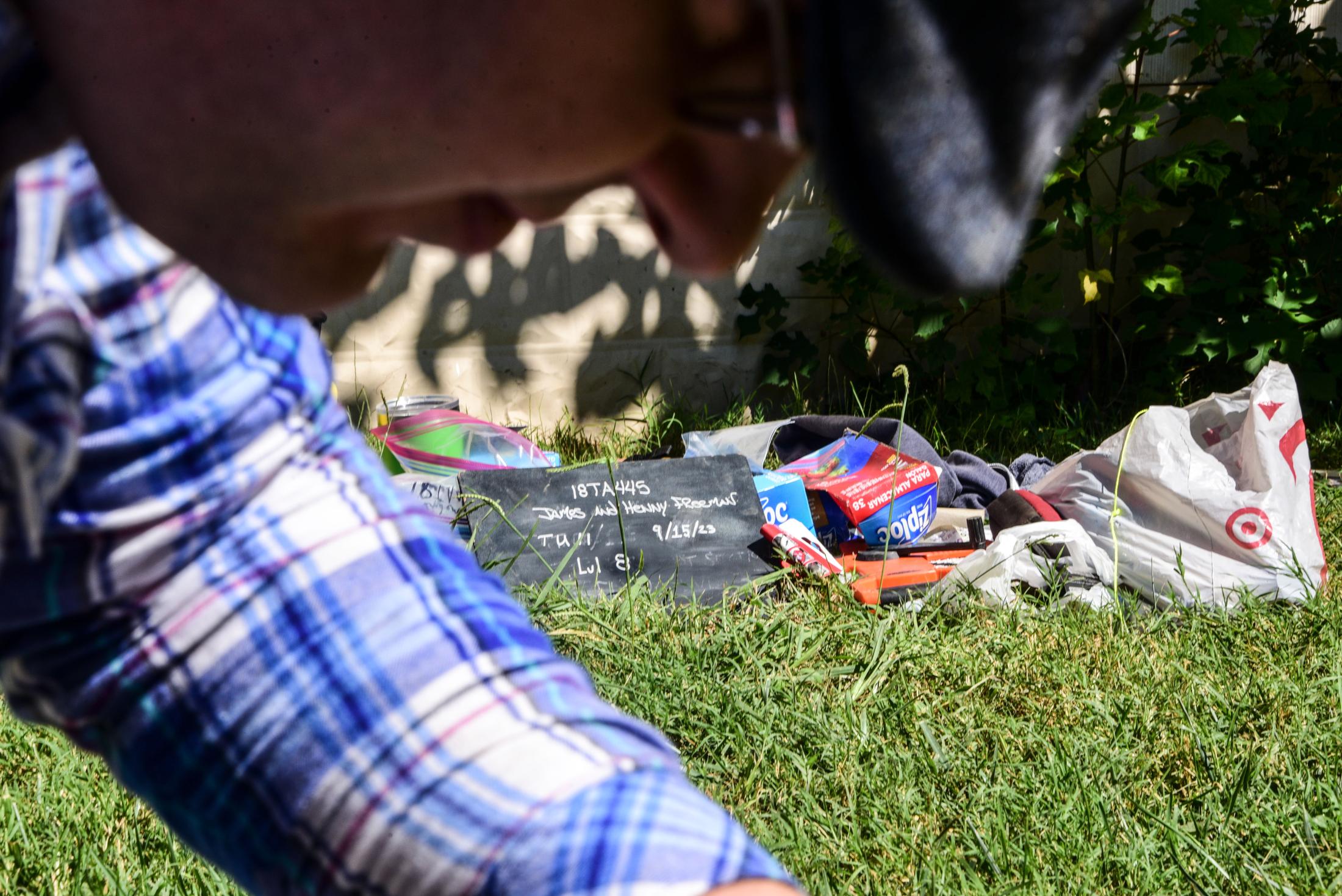

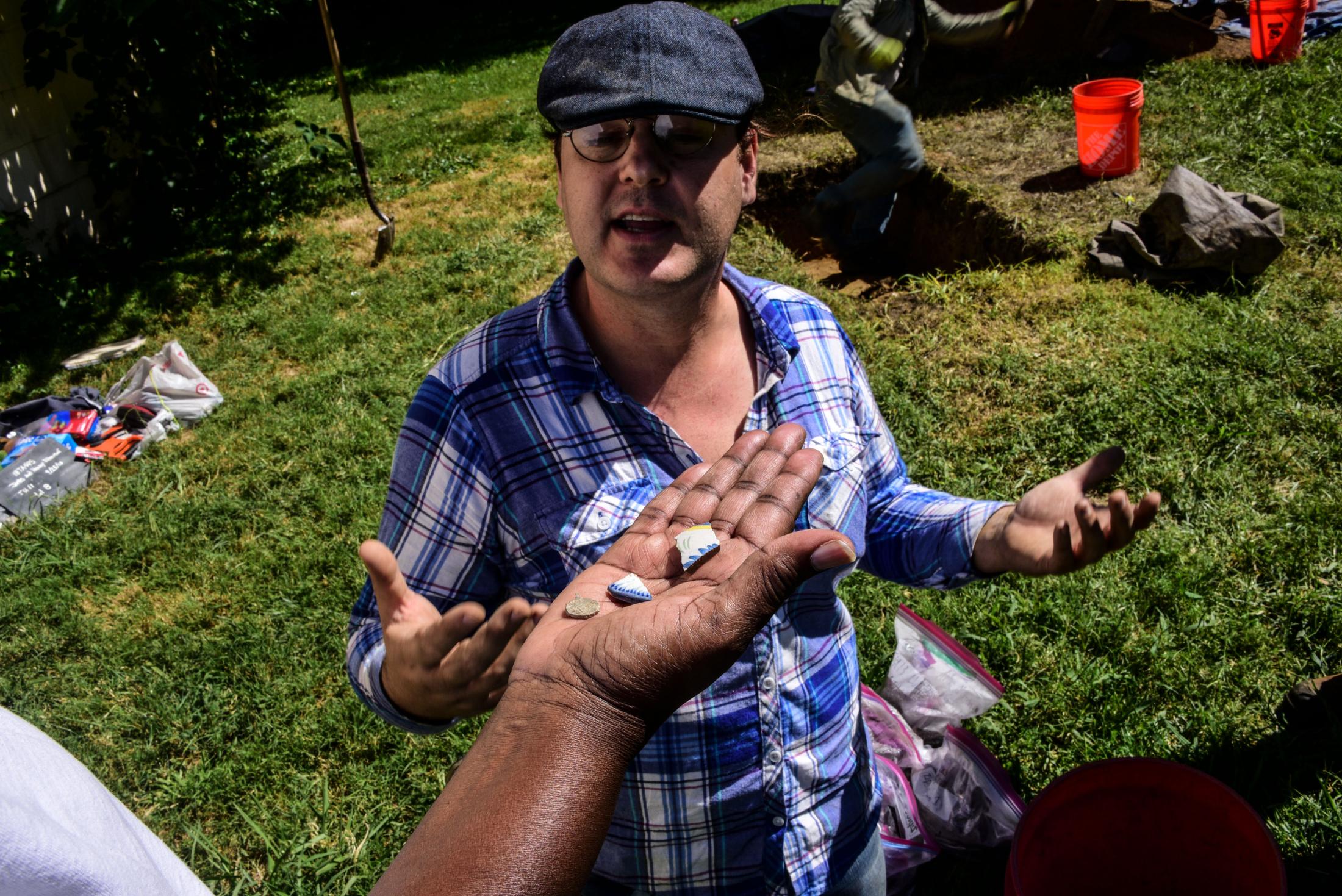
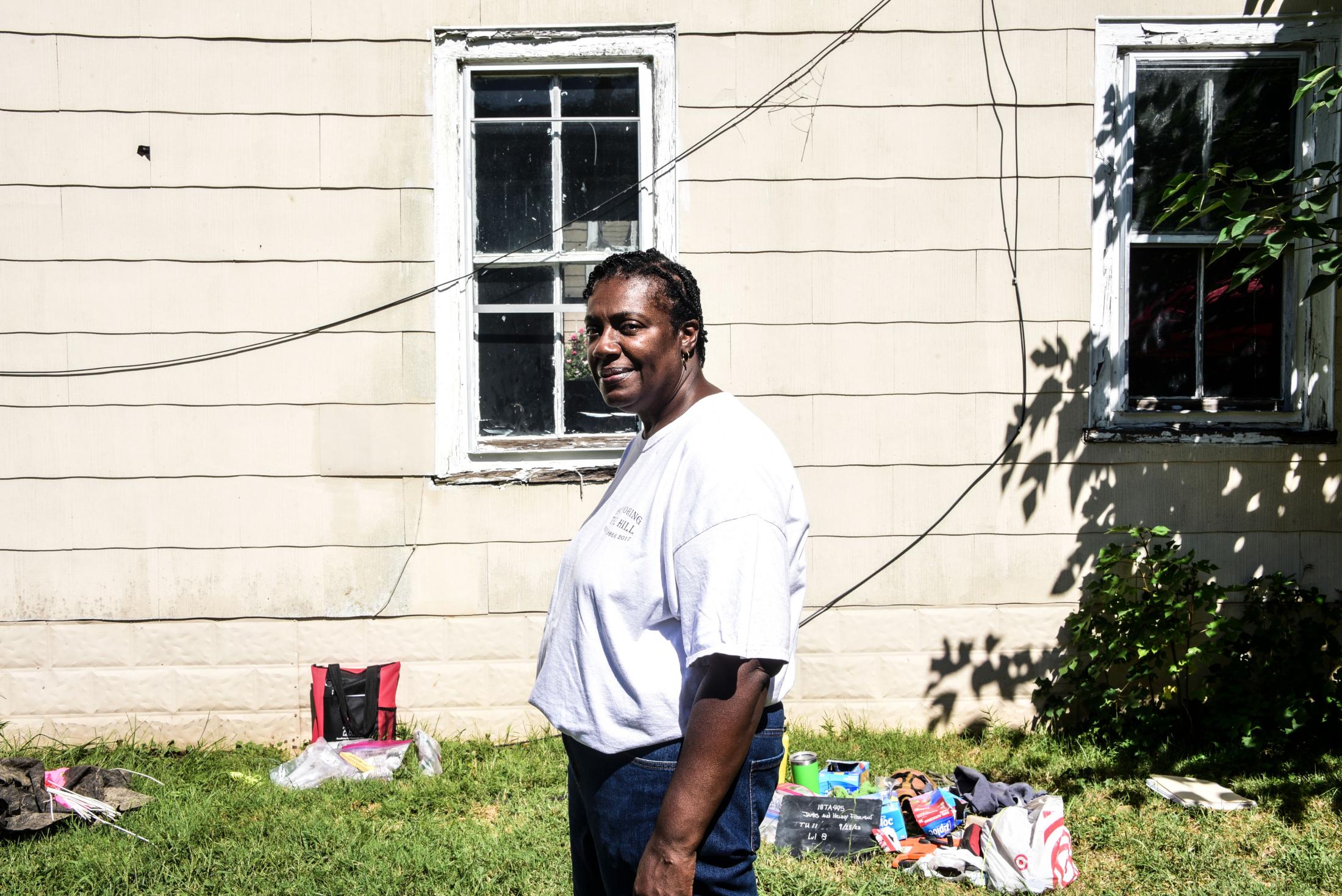
A few years ago, researchers informed Yvonne Freeman that she was a descendant of Henny and James, who raised nine children on the Talbot Lane site. Her childhood home, in fact, sits around the corner. One of the Freemans’ sons was named Garrison—her father’s middle name.
“I just want this story about my family told, because as the generations come by on the walking tours, someone like me might come by and be like, ‘I could be related.’ Or they might decide to research their own family story,” Freeman says. “But you know the best thing they found in the dig? A clay marble. The archaeologist put it in my hand. He says, ‘How does it feel to hold something from an ancestor?’
“That was amazing. When I do tours for schoolkids, I tell them about playing marbles with my brother and his friends. We played for keeps. I was a tomboy, and I was good, too. My brother’s friends didn’t want to play with me.”